What is a Even Feed Walking Foot Used for
Get Professional Results: How to Use a Walking Foot for Garment Sewing
Think a walking foot is a quilters-only sewing tool? Think again! Whether you are topstitching through multiple layers or are trying to match plaids across seams, the walking foot's even feed function can help you achieve professional results on all your sewing projects.
Here are some ways you can use a walking foot for sewing apparel!
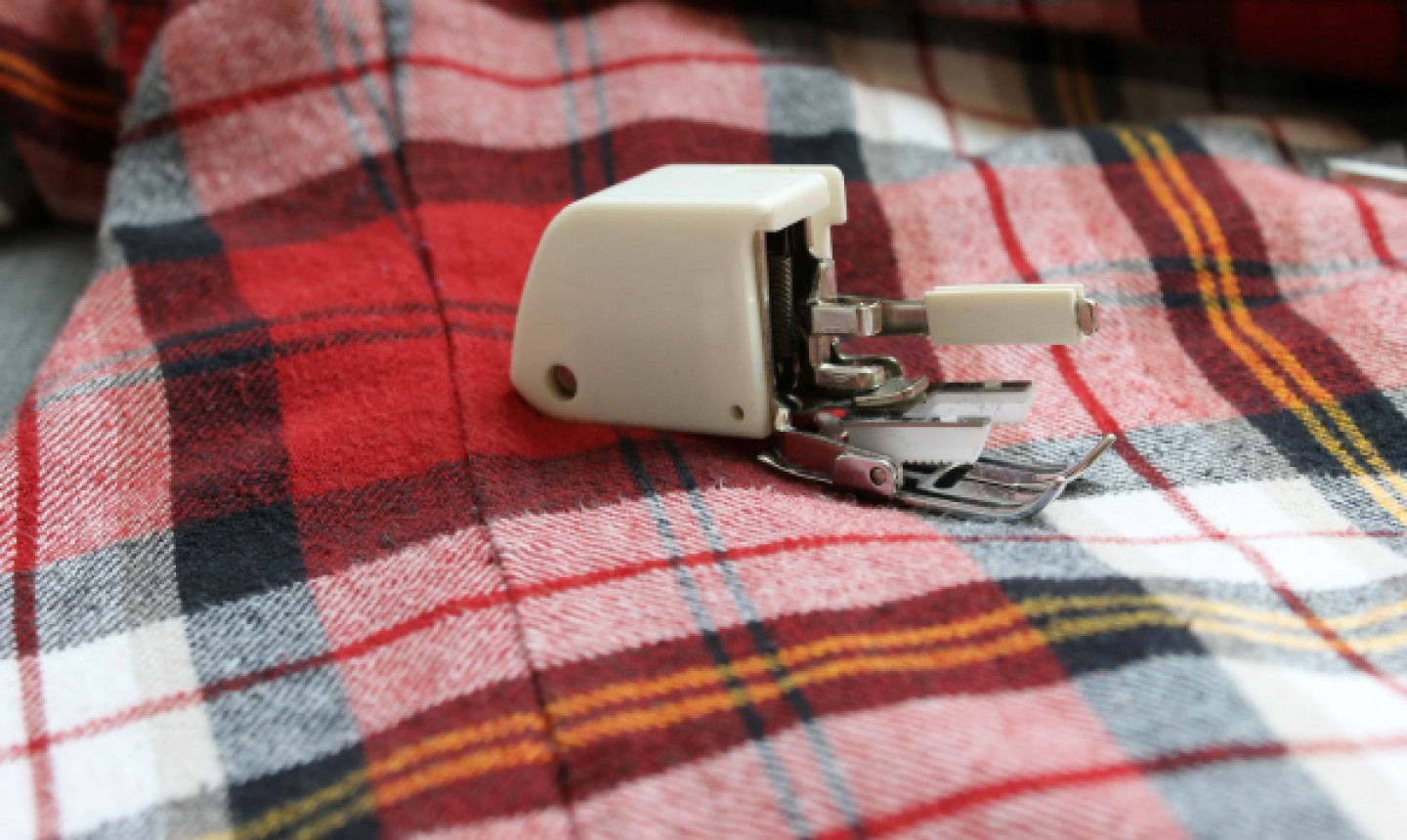
A walking foot isn't just for quilting!
The walking foot is often described as a sewing machine foot that evenly feeds layers of fabric and batting through the machine while quilting. The foot grips onto the top layer of fabric and helps move it under the needle at the same pace that the machine's feed dogs are moving the bottom layer of fabric. This prevents shifting and puckering that may occur with a normal presser foot. Because of this feature, the walking foot is just as useful for garment sewing as it is for quilting.
What is a walking foot?
First, let's go over what a walking foot looks like and how it functions. It is a bulky foot that looks intimidating compared to other sewing machine feet , but its mechanics are quite simple. The distinguishing feature is its set of teeth, which crank in a circular motion above and below the surface of the foot depending on the position of its side bar. See how the teeth move up when the bar is down, and move down when the bar is up?
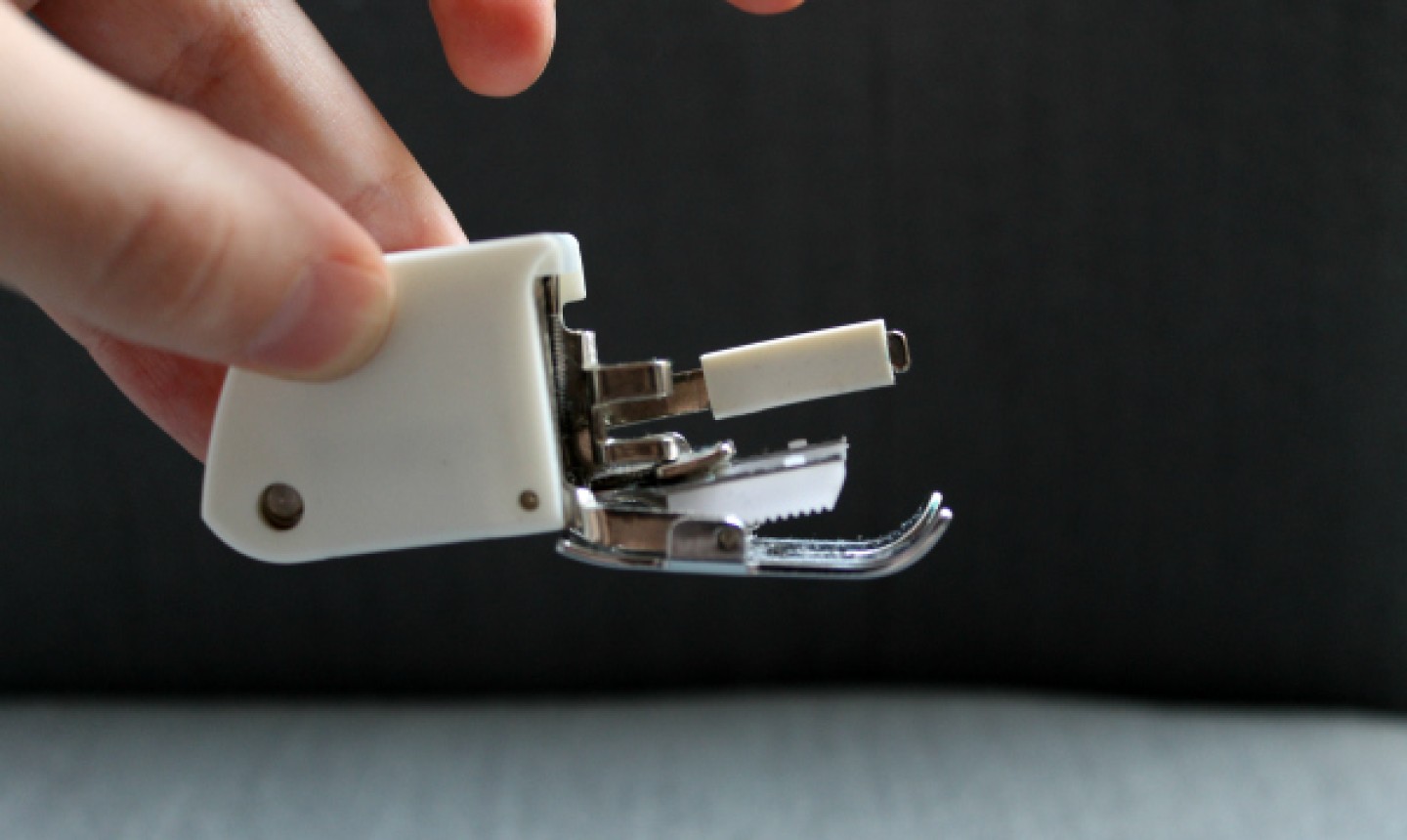

When attaching a walking foot to your machine, you must position this movable bar so it rests on top of your machine's needle bar. As the needle moves up and down while you sew, the walking foot's teeth will move correspondingly in sync with your machine's feed dogs underneath the fabric.
Here is a simplistic rendering of how a regular presser foot moves your fabric differently than a walking foot. A regular presser foot presses down on and slides along the top of your fabric, which means it's sometimes pushing AGAINST the fabric , especially bulky fabric, as the feed dogs are trying to move the fabric toward the back of the machine. A walking foot, however, corrects this by scooting the top layer at the same pace as the bottom layer, so there's no misalignment.
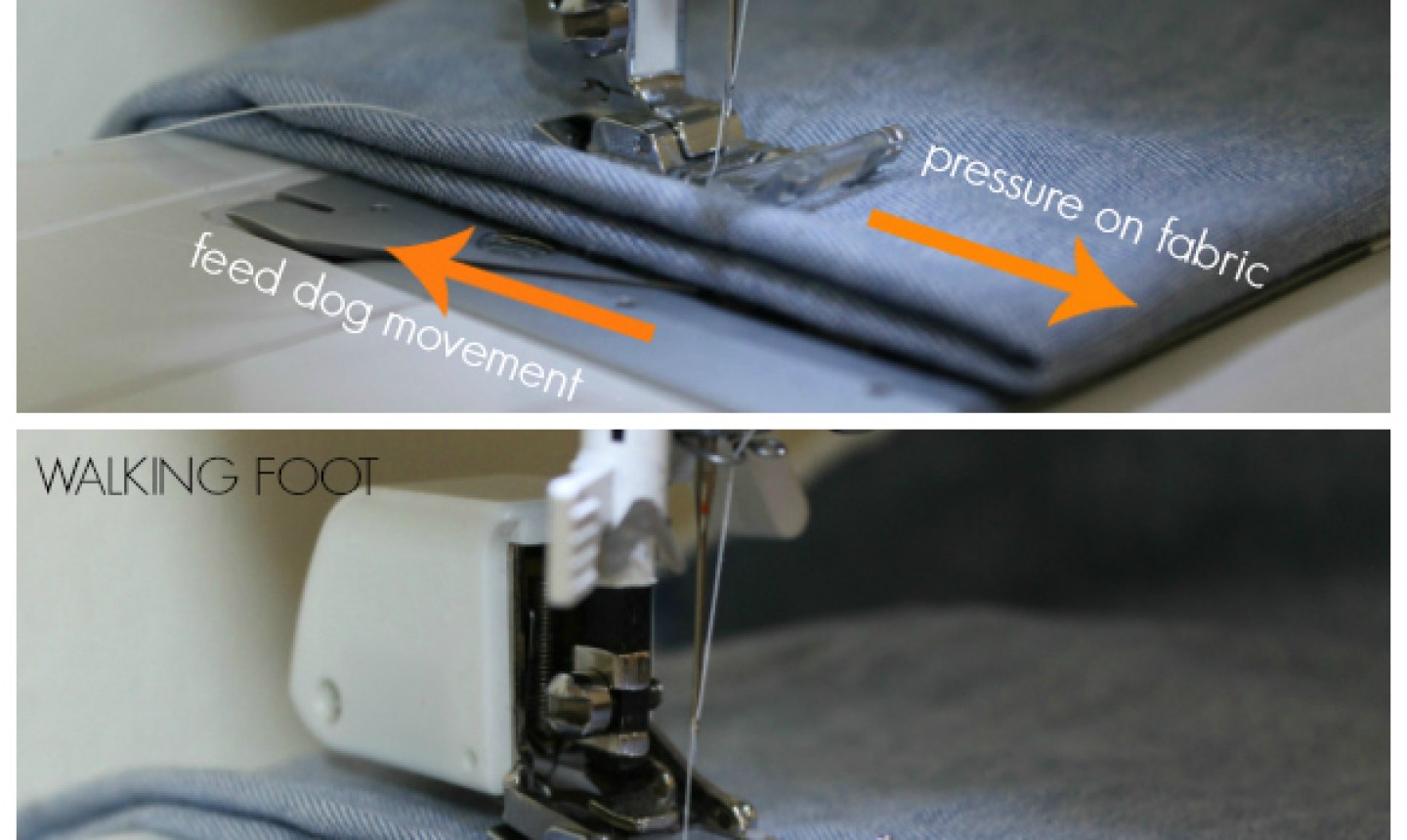
When to use a walking foot for garment sewing
1. Traversing bulky seams
One of the benefits of a walking foot is that its extra set of teeth help the foot climb over bulky seams, such as where a waistband meets the side seams of a skirt or where the fly opening meets the crotch seams of a pair of pants.
A normal presser foot might get stuck at these tricky places, creating a wild bird's nest of thread underneath. A walking foot helps grip the fabric so it moves "uphill" more easily. This is great for topstitching heavier fabrics, such as this home decor canvas:
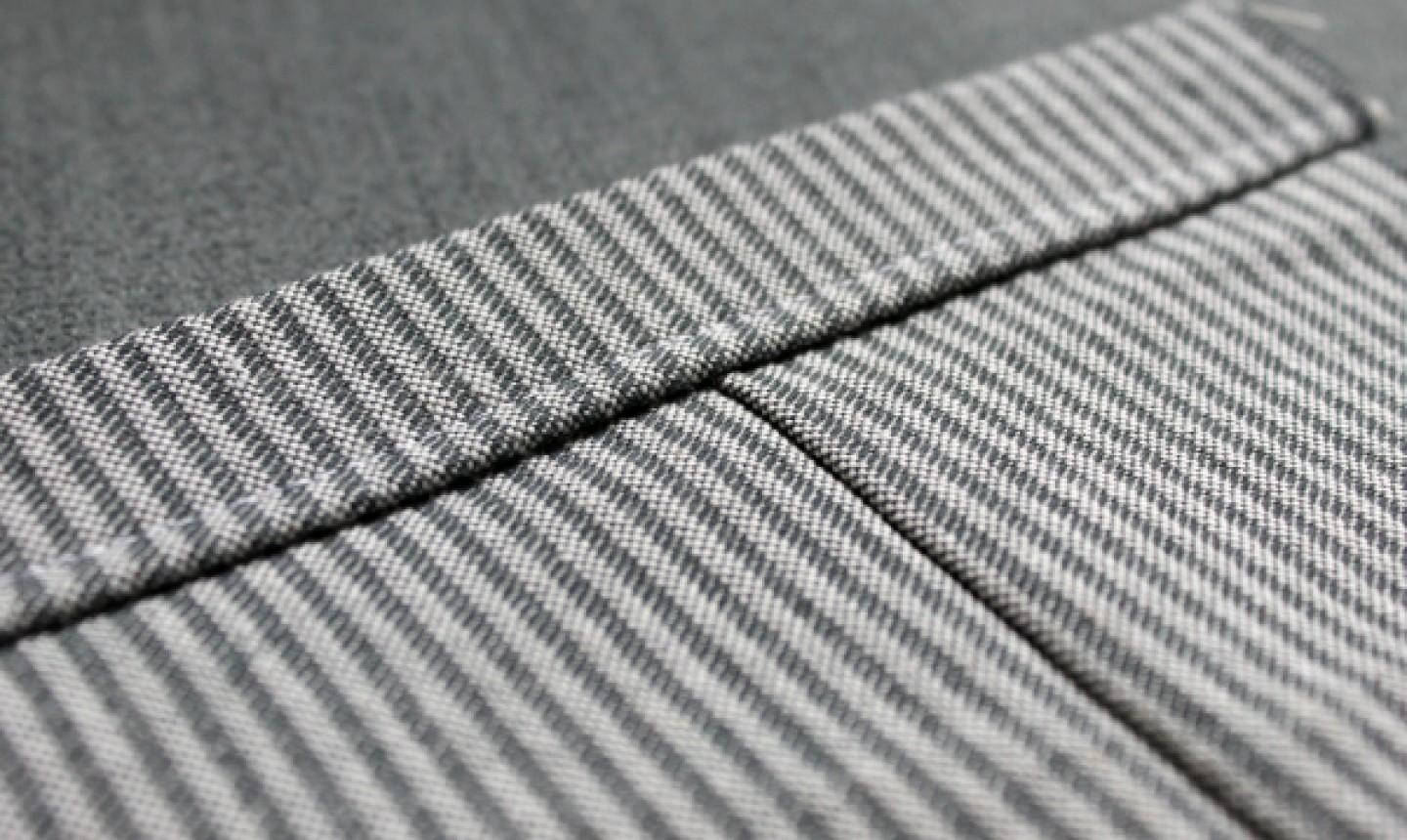
2. Matching seam intersections
If you're sewing a garment with a waist seam or separate cuffs, it's important to match those seam intersections in order to create a continuous horizontal or vertical line that is pleasing to the eye. Even if you pin everything properly, a normal presser foot might slightly scoot the top layer forward as you sew, creating seam lines that don't quite align on the right side of the garment. Even a difference of 1/8″ can look unsightly.
Nothing's more frustrating than having to unpick a section of your stitching just to fix such a tiny blunder, but nothing's more satisfying than achieving perfect seam intersection lines on the first try. That's where a walking foot helps: As long as the seams are pinned securely, the layers will be sewn evenly.
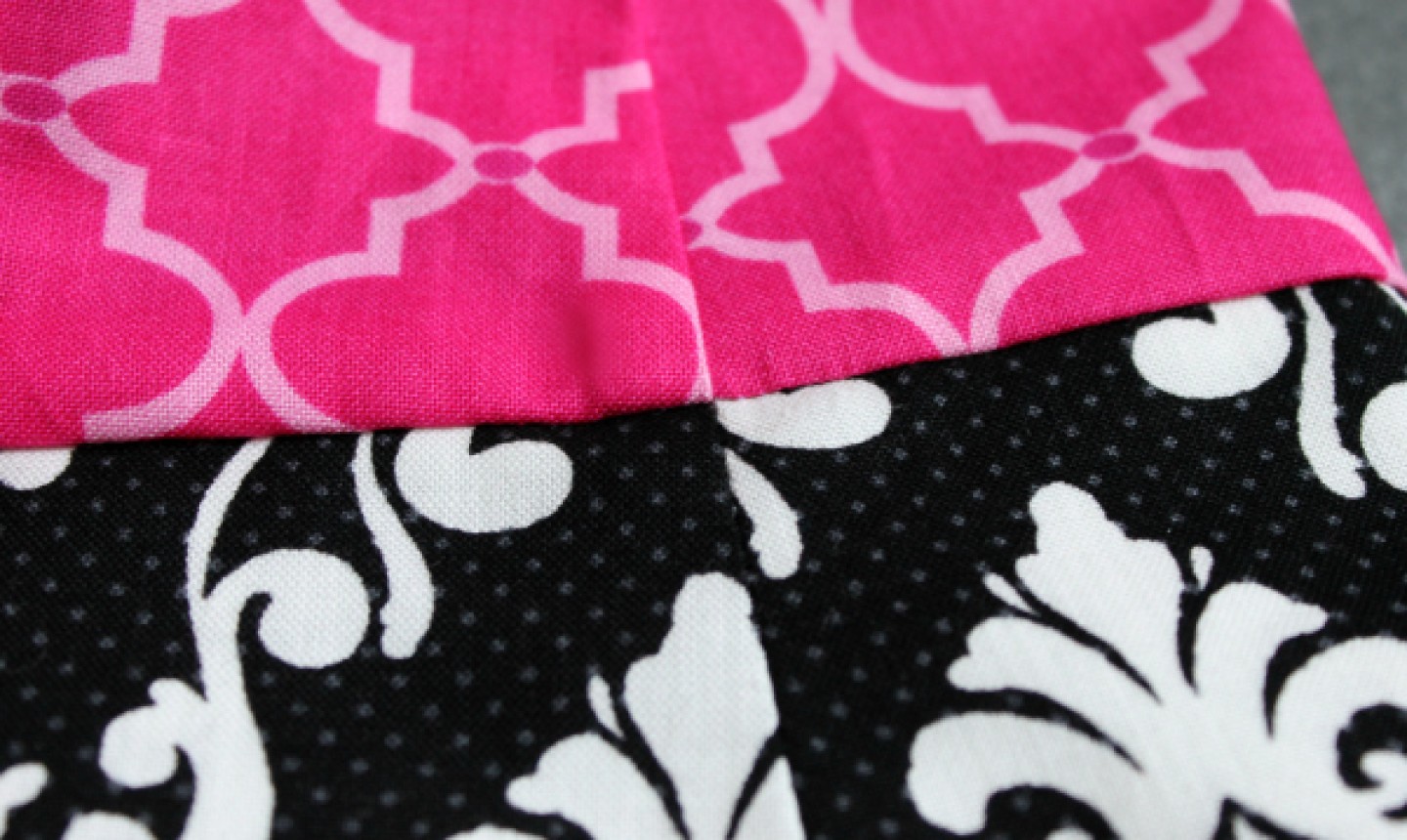
3. Matching plaids, stripes and other prints.
Likewise, a walking foot helps when sewing a garment that has a pattern or directional print that needs to be matched across major seams. If you take the time to cut and pin your pieces so the prints will align nicely across seams, using a walking foot ensures that it will be sewn that way.
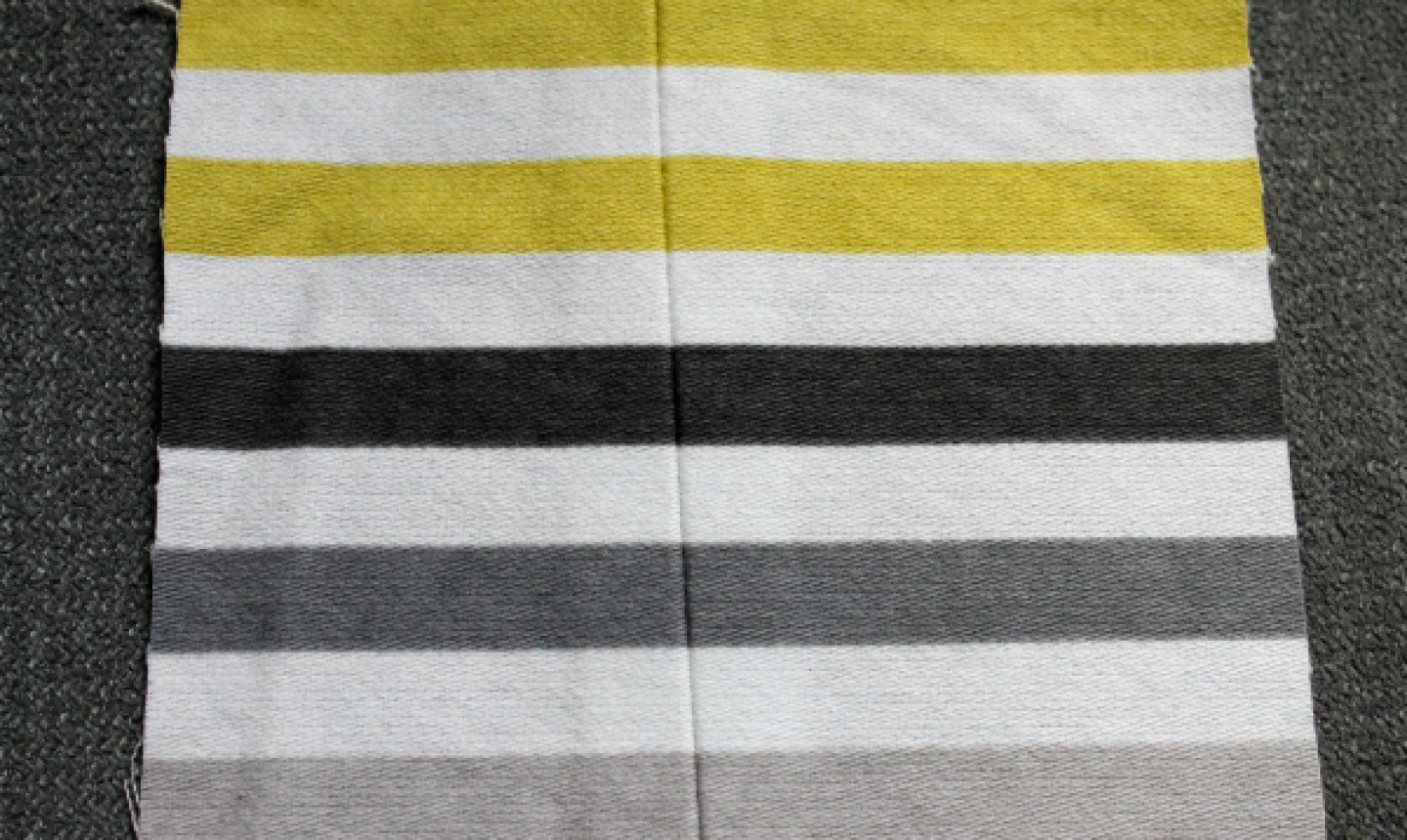
4. Topstitching bindings, hems or plackets
Have you ever noticed mysterious drag lines within your hem or button placket after you topstitched it down? Sometimes a blast of steam helps settle the fabric, but sometimes the problem persists.
Even with careful pressing beforehand, when a layer of fabric is folded under and topstitched, a normal presser foot may scoot that top layer at a faster speed than the bottom layer. The risk for this is higher when you're stitching farther away from the folded edge, such as on a deep hem. A walking foot helps keep all layers even so you get nice, flat edges.
Below, notice the difference in the two necklines finished with a bias binding facing. The sample on the left was sewn with a normal presser foot and the sample on the right was sewn with a walking foot. All other things being equal, including fabric, needle, pressing technique, and stitch length, the binding sewn with a regular presser foot has obvious drag lines at the curves where the top layer was pushed ahead of the bottom layer, while the one sewn with a walking foot lays much flatter between the stitching and curved edge.

5. Sewing knits
Because of the stretchy nature of knit fabrics, they have a tendency to "grow" under the presser foot as you sew. This is especially true when you're sewing along the direction of stretch, such as on the hem of a T-shirt, or sewing with very stretchy fabrics, such as rib knit. A walking foot helps move knit fabrics evenly so they don't stretch out of shape.
Below is a rib knit fabric that I hemmed with a regular presser foot (top piece) and then a walking foot (bottom piece). All other variables remained the same. You'll notice that the regular presser foot created a stretched out, wavy hem. The other sample remained flat.
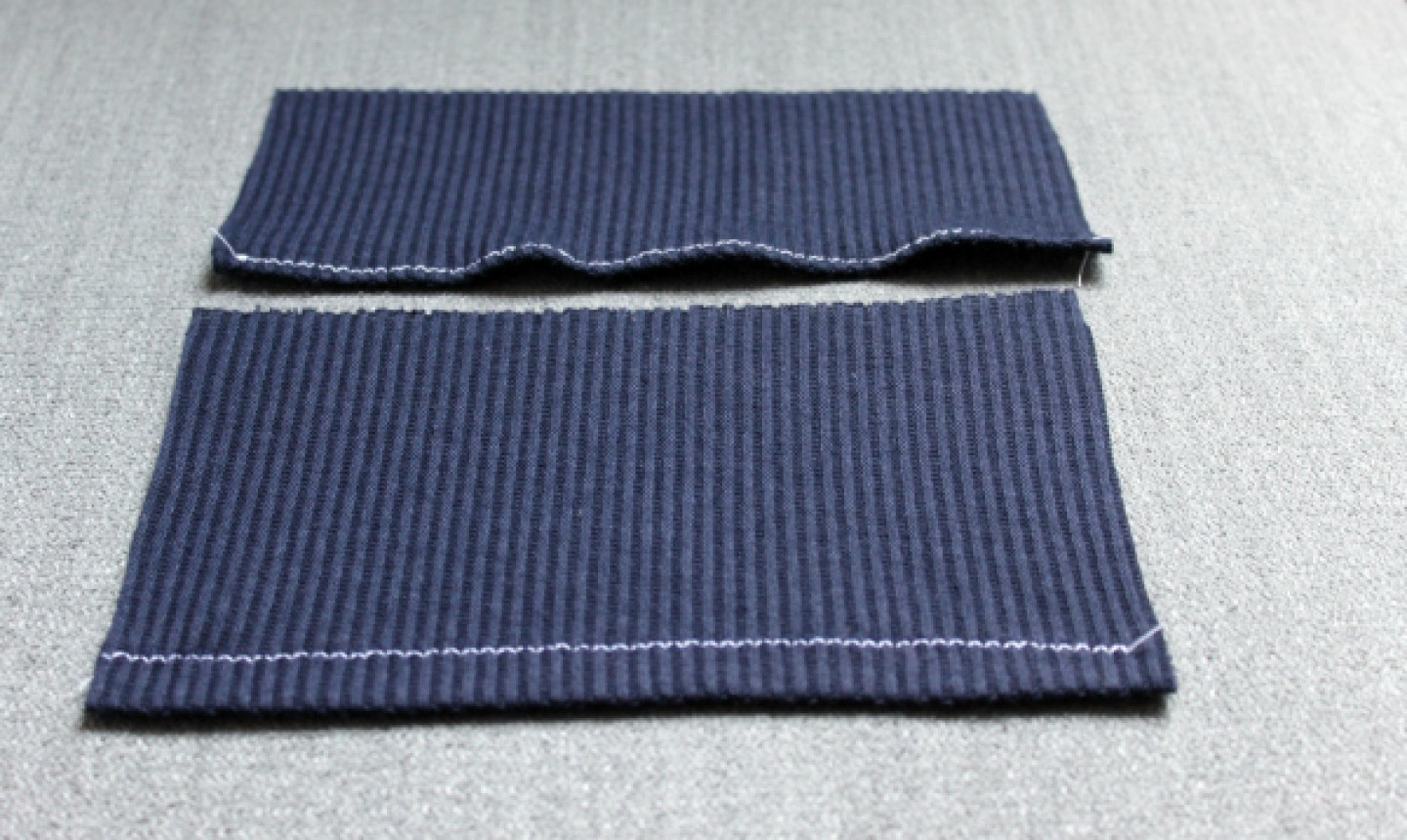
Source: https://www.craftsy.com/post/how-to-use-a-walking-foot-for-garment-sewing/
0 Response to "What is a Even Feed Walking Foot Used for"
Post a Comment